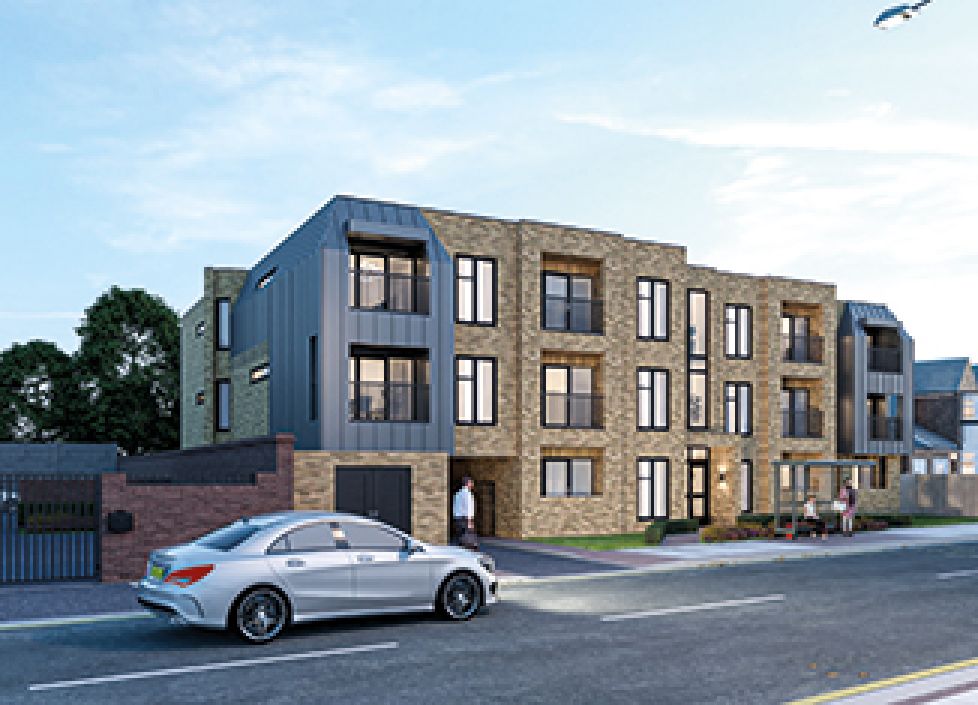Tenant demand for privately rented property continued to strengthen during the third quarter of 2010, according to the Paragon Group’s Private Rented Sector (PRS) Trends report.
The quarterly snapshot of the PRS and buy-to-let market indicates that 36% of landlords reported rising levels of tenant demand during the period, compared to the 6% who said demand was falling.
Both of these variables are more positive than the previous quarter, when 29% reported growing tenant demand and 8% said it was falling. The proportion of landlords reporting growing levels of tenant demand has risen consistently since the second quarter of 2008, coinciding with constrained mortgage supply in the owner-occupier market.
Looking forward, 42% of landlords believe that tenant demand will be stronger in 12 months’ time, which is a considerable increase on the previous quarter (35%), although a higher proportion (10%) also forecast falling tenant demand over the next year compared to the previous quarter (8%).
Nigel Terrington, Paragon Group chief executive said: “Demand for private rented property is buoyant and many landlords have tenants competing for their properties. The third quarter of the year is historically a strong period for rented property with the beginning of the new academic year and recent graduates starting in employment, but this level of demand has been exacerbated by the low levels of mortgage lending in the owner-occupier market. This continues to translate into demand for rented property as people are unable or unwilling to buy in their current environment.”
The Q3 2010 PRS Trends Report, which covers the three months to September 30, also shows:
The availability of buy-to-let mortgage finance continues to be constrained – although 17% of landlords said mortgage finance was either widely or reasonably available, 34% said there was limited availability, with 29% reporting very restricted availability
Landlord confidence strengthened during the quarter, with one in five stating they were more optimistic regarding the prospects for their property portfolios compared to the previous quarter, whilst 13% were more pessimistic
Yields increased slightly during the quarter to 6.1%, up from 6% in the second quarter
The average number of properties in a portfolio ticked up during the period, from 12 in the second quarter to 12.5 in the third. The average investment portfolio had a value of £1.45 million, with the average gearing – the level of borrowing as a proportion of the property’s value – steady at 37% .
The monthly magazine providing news analysis and professional research for the discerning private
investor/landlord




















